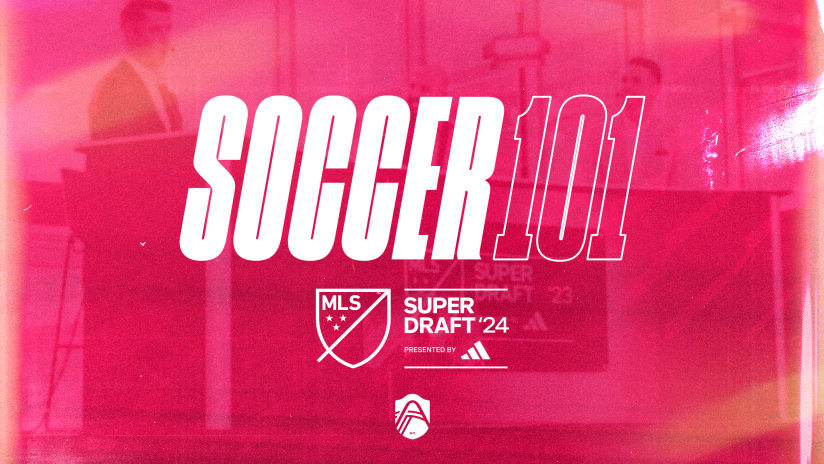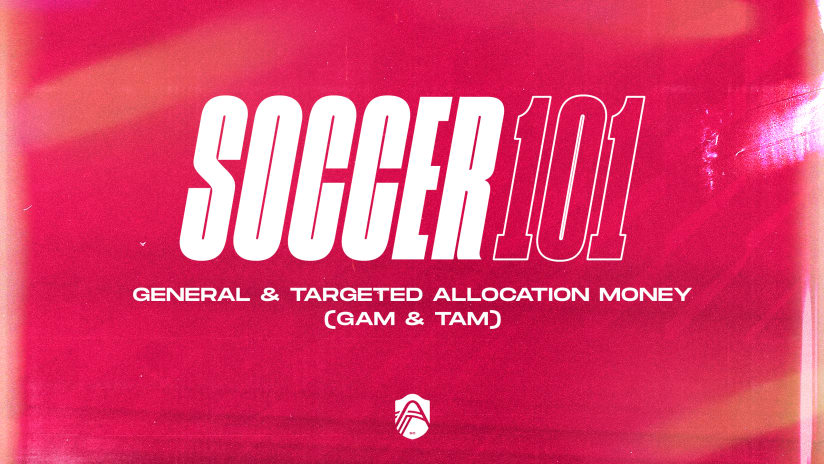Written by Zach Lowy
🇲🇽 Para leer en español, ver aquí. | 🇧🇦 Za čitanje na bosanskom, pogledajte ovdje.
VAR — what is it good for? Many have asked themselves this question since the introduction of Video Assistant Referee (VAR), but for all the critics that it has received, VAR continues to play an increasingly ubiquitous role in football.
When was VAR introduced?
VAR was conceived in the early 2010s under the direction of the Royal Netherlands Football Association (KNVB), who were eager to utilize technology to help make referees’ jobs easier. By allowing referees to look at replays of incidents, they hoped to avoid egregious refereeing errors, such as Thierry Henry’s handball that prevented Ireland from advancing to the 2010 FIFA World Cup, where the on-field referees were not in a position to view the infraction.
The first live trial of the VAR system came in July 2016 in a friendly match between Dutch sides PSV and FC Eindhoven, whilst the second would come a month later in a United Soccer League match between two MLS reserve sides. Match referee Ismail Elfath reviewed two fouls during the match and, after speaking to video assistant referee Allen Chapman, decided to issue a red card and a yellow card in the respective incidents. One year later, the A-League in Australia became the first top-flight league to use a VAR system, whilst MLS introduced VAR in competitive matches following the 2017 MLS All-Star Game on August 2, 2017. It was first put into use on August 5, 2017, invalidating an FC Dallas goal over contact made between a Dallas player and Philadelphia’s goalkeeper. After extensive trialing in a number of major competitions, VAR was formally written into the Laws of the Game by the International Football Association Board (IFAB) on March 3, 2018.
What is the purpose of VAR?
The Video Assistant Referee (VAR) reviews decisions made by the referee and works alongside the Assistant Video Assistant Referee (AVAR), current or former referee appointed to assist the VAR in the video operation room. The AVAR is in charge of watching the live action on the field while the VAR is undertaking a "check" or a "review", keeping a record of reviewable incidents, and communicating the outcome of a review to broadcasters. These two work alongside a replay operator, who are all located in a video operation room that displays various monitors with several different camera angles. While the VAR and AVARs are often located at the stadium where the match is being played, MLS also has a new Video Review Center in Atlanta where all VAR teams operate.
The VAR can be used to review four types of decisions, including goals and the incidents that precede them, red cards, penalties, and mistaken identity when awarding a card. For example, if the VAR spots that the attacking team commits a foul, or that a player on the team handled the ball, or that the ball completely crossed the line and went out of bounds, they can help to annul the goal. On the other hand, if they spot a penalty that was ignored by the referee, they can help rectify that error.
What is a VAR review?
In order to review a decision, the VAR team can either recommend a review or the main referee can request a review after making the decision. If the VAR decides that a “clear and obvious error” has been made, he or she must notify the main referee who is on the pitch. After this, the referee can immediately overturn the decision, stick with their initial decision, or review the incident with their own eyes on a pitch-side monitor. On the other hand, if the VAR does not identify any mistake, he or she will communicate this to the referee via a “silent check” which requires no further action.
What is a clear and obvious error?
VAR can be used to overturn a subjective decision if a "clear and obvious error" has been identified. The referee will explain their decision to the VAR, and if the evidence provided by the broadcast footage does not correspond with what the referee believes they have seen, the VAR can recommend the decision to be overturned.
What are some things that VAR cannot review?
The VAR will not review incidents outside of the four match-changing situations: goals; penalty decisions; direct red-card incidents; and mistaken identity. It cannot review any yellow cards or second yellow cards leading to a red, and it cannot review any free-kick offense outside the box, unless it is a red-card offense or if it leads to a goal or a penalty. VAR cannot review a yellow card, but it can lead to one. If a referee initially awards a penalty, only to review the incident and ascertain that the player made a meal out of it, he may decide to book him for diving. If a referee decides to give a red for a dangerous tackle only to review the monitor and deem it worthy of merely a caution, he can do so.
Can red cards be rescinded?
Referees can rescind red cards or downgrade them to yellows if the VAR advises that a player should not have been sent off or cautioned.
What is VAR’s application for penalty kicks?
VAR will only be used to check for an encroaching player who gets directly involved in the outcome, whether that be a save or a rebound off the post, and to check if he has not stuttered his run directly before taking the kick.






